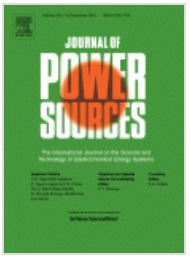Composites of commercial graphene and nanoporous sodium-salt-polymer-derived carbons were prepared with 5 or 20 weight% graphene. The materials were characterized using the adsorption of nitrogen, SEM/EDX, thermal analysis, Raman spectroscopy and potentiometric titration. The samples' conductivity was also measured. The performance of the carbon composites in energy storage was linked to their porosity and electronic conductivity. The small pores (<0.7) were found as very active for double layer capacitance. It was demonstrated that when double layer capacitance is a predominant mechanism of charge storage, the degree of the pore space utilization for that storage can be increased by increasing the conductivity of the carbons. That active pore space utilization is defined as gravimetric capacitance per unit pore volume in pores smaller than 0.7 nm. Its magnitude is affected by conductivity of the carbon materials. The functional groups, besides pseudocapacitive contribution, increased the wettability and thus the degree of the pore space utilization. Graphene phase, owing to its conductivity, also took part in an insitu increase of the small pore accessibility and thus the capacitance of the composites via enhancing an electron transfer to small pores and thus imposing the reduction of groups blocking the pores for electrolyte ions.

